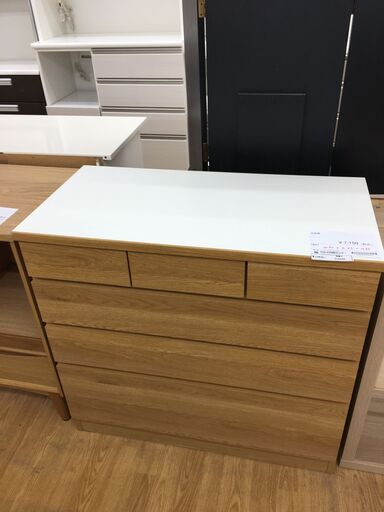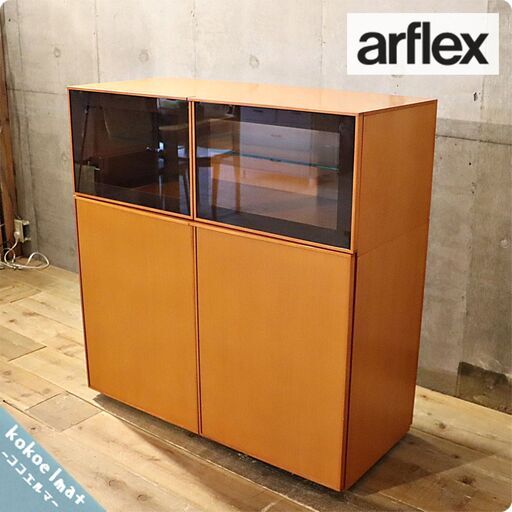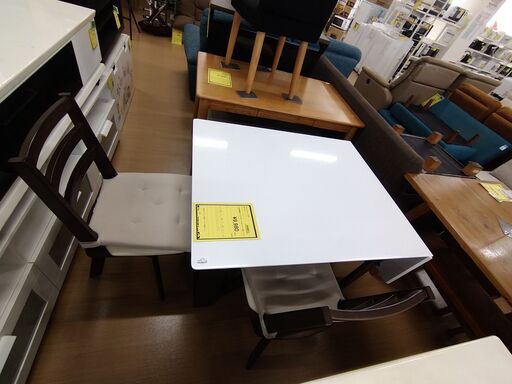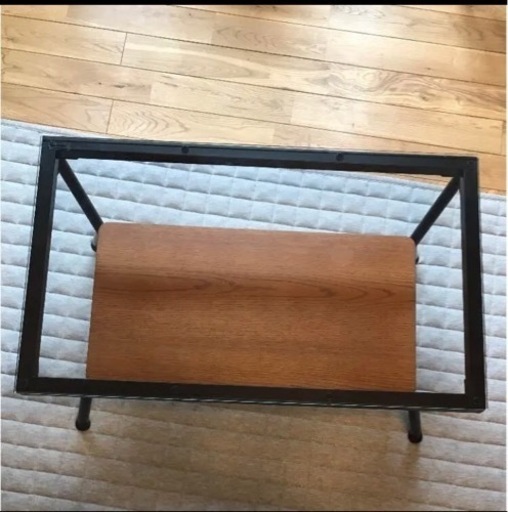
新入荷
再入荷
高感度ショップで2023年売れたブランド IMG_1590_dab0bc0f-c4b2-479d- キャビネット
 タイムセール
タイムセール
終了まで
00
00
00
999円以上お買上げで送料無料(※)
999円以上お買上げで代引き手数料無料
999円以上お買上げで代引き手数料無料
通販と店舗では販売価格や税表示が異なる場合がございます。また店頭ではすでに品切れの場合もございます。予めご了承ください。
商品詳細情報
| 管理番号 |
新品 :1834220312
中古 :1834220312-1 |
メーカー | 5e175e12281f | 発売日 | 2025-05-13 06:22 | 定価 | 100000円 | ||
|---|---|---|---|---|---|---|---|---|---|
| カテゴリ | |||||||||
高感度ショップで2023年売れたブランド IMG_1590_dab0bc0f-c4b2-479d- キャビネット
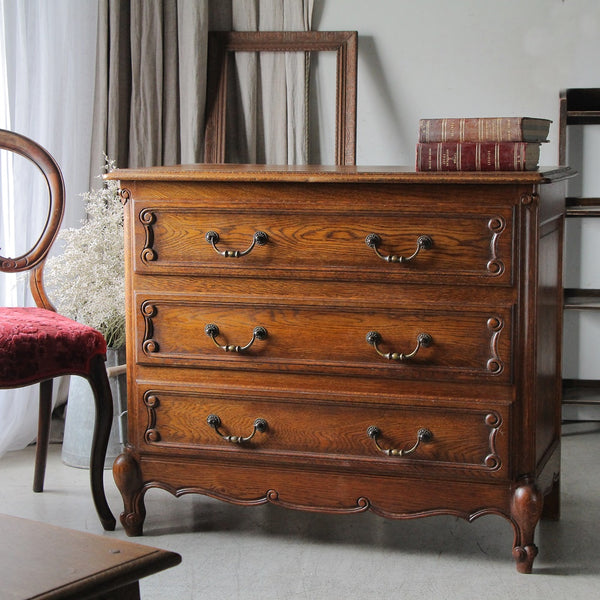 IMG_1590_dab0bc0f-c4b2-479d-,
IMG_1590_dab0bc0f-c4b2-479d-,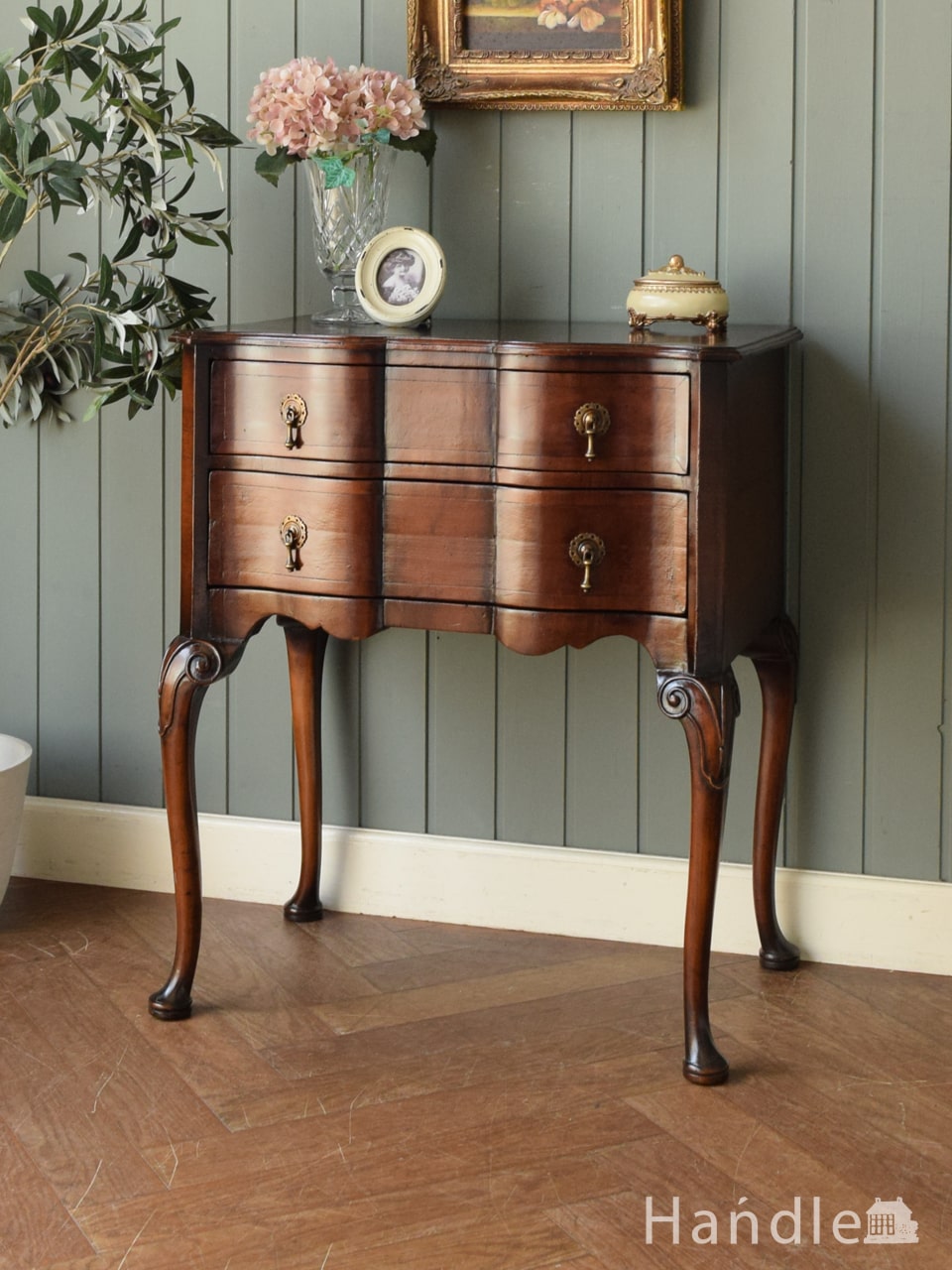 フランスのアンティークチェスト、スリムで細長タイプの,
フランスのアンティークチェスト、スリムで細長タイプの, アンティークチェスト・3/フランスアンティーク家具・雑貨の,
アンティークチェスト・3/フランスアンティーク家具・雑貨の, 1910年頃 オーク材 フランス アンティーク・チェスト,
1910年頃 オーク材 フランス アンティーク・チェスト,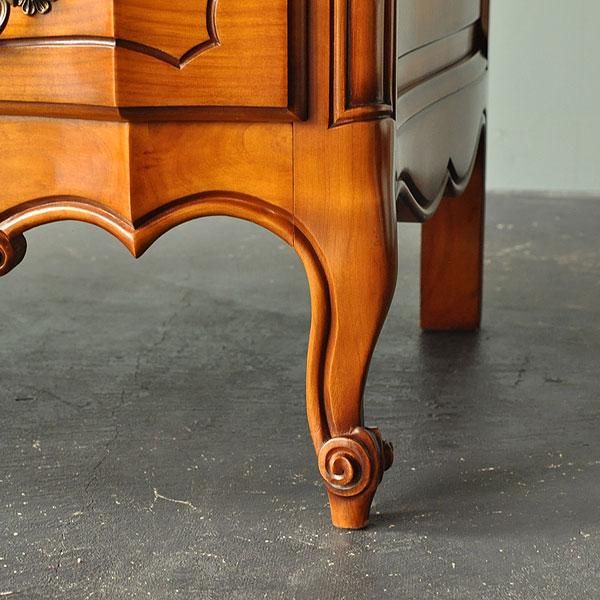 アンティークチェスト・3/フランスアンティーク家具・雑貨の,この高さ90cmのフランス製アンティークのチェスト(上部に大理石)は、19世紀のデザインに由来する可能性が高いです。モリタインテリア✨ 高級感あふれるガラス収納棚✨。以下は特徴と歴史的背景です:特徴 1. 素材: • 木材はおそらくウォールナットやチェリー材で、19世紀フランスの家具によく見られるものです。【セール価格!】 レンジボード レンジ台 キッチンカウンター 食器棚 キャビネット。 • 上部にある白い大理石は、耐久性と高級感を兼ね備えており、この時代の家具に典型的です。欅材の美しい木目と鉄味【民芸箪笥】 太鼓鋲/厚手鉄金具 /キャビネット/飾り棚/時代箪笥/茶道具/煎茶棚/和家具/伝統工芸。 2. デザイン: • シンプルでありながらエレガントな直線的なデザイン。【値下げ】アルフレックス コンポーザー ガラスキャビネット。 • 側面の曲線部分や真鍮製の取っ手・鍵穴装飾は、装飾性と機能性を兼ね備えています。《予定者決定》無印良品 木製 キャビネット オーク材。 3. サイズ: • 幅118cm、奥行き56cm、高さ90cmで、実用的な収納スペースを提供します。キャビネット 飾りガラス 桐材。 4. 装飾: • 鍵穴プレートには花や葉をモチーフにした繊細な彫刻が施されており、当時の職人技術が反映されています。カウンターキャビネット アンティークリメイク家具 収納 カウンターテーブル 札幌 西岡店。歴史的背景 • このチェストは、19世紀フランスの「ルイ・フィリップ様式」(1830年~1848年)または「アンピール様式」(1804年~1815年)の影響を受けている可能性があります。両開き扉 キャビネット 幅60cm 木製 ブラウン系 収納 タンス 小物収納 南12条店。 • アンピール様式:ナポレオン時代に流行した古典主義的なデザインで、大理石や真鍮を多用し、シンメトリーと威厳を重視しました。サイドボード キャビネット ダークブラウン。 • ルイ・フィリップ様式:より控えめで実用的なデザインが特徴で、大衆向け家具としても普及しました。アンティーク調 ガラスキャビネット 飾り棚 ガラス棚板付き W88×H87×D37cm 札幌市内配送可。製造技術 • 側面や引き出しの接合部分を見ると、手作業による製造が示唆されます。キャビネット ニトリ 1枚扉引出し付 ジーン ナチュラル。これは19世紀初期から中期にかけて一般的でした。キャビネット 2枚扉 ホワイト。This antique French chest of drawers, measuring 90 cm in height, with a marble top, likely originates from the 19th century. Below are its characteristics and historical context:Features 1. Materials: • The wood appears to be walnut or cherry, commonly used in 19th-century French furniture. • The white marble top adds durability and a luxurious touch, typical of this era. 2. Design: • Simple yet elegant lines dominate the design. • The curved side supports and brass hardware (handles and keyhole escutcheons) combine decorative appeal with functionality. 3. Dimensions: • Measuring 118 cm wide, 56 cm deep, and 90 cm tall, it offers practical storage space. 4. Decorative Details: • The keyhole escutcheons feature intricate floral and leaf motifs, showcasing the craftsmanship of the period.Historical Context • This chest likely reflects influences from either the Louis-Philippe style (1830–1848) or the Empire style (1804–1815): • Empire Style: Popular during Napoleon’s reign, it emphasized classical symmetry, marble tops, and brass details. • Louis-Philippe Style: Known for its more understated and practical designs, it catered to a broader audience.Craftsmanship • The visible joinery on the sides and drawers suggests hand-crafted construction, typical of the early to mid-19th century.This piece represents a blend of functionality and elegance, embodying the craftsmanship and design sensibilities of 19th-century France.
アンティークチェスト・3/フランスアンティーク家具・雑貨の,この高さ90cmのフランス製アンティークのチェスト(上部に大理石)は、19世紀のデザインに由来する可能性が高いです。モリタインテリア✨ 高級感あふれるガラス収納棚✨。以下は特徴と歴史的背景です:特徴 1. 素材: • 木材はおそらくウォールナットやチェリー材で、19世紀フランスの家具によく見られるものです。【セール価格!】 レンジボード レンジ台 キッチンカウンター 食器棚 キャビネット。 • 上部にある白い大理石は、耐久性と高級感を兼ね備えており、この時代の家具に典型的です。欅材の美しい木目と鉄味【民芸箪笥】 太鼓鋲/厚手鉄金具 /キャビネット/飾り棚/時代箪笥/茶道具/煎茶棚/和家具/伝統工芸。 2. デザイン: • シンプルでありながらエレガントな直線的なデザイン。【値下げ】アルフレックス コンポーザー ガラスキャビネット。 • 側面の曲線部分や真鍮製の取っ手・鍵穴装飾は、装飾性と機能性を兼ね備えています。《予定者決定》無印良品 木製 キャビネット オーク材。 3. サイズ: • 幅118cm、奥行き56cm、高さ90cmで、実用的な収納スペースを提供します。キャビネット 飾りガラス 桐材。 4. 装飾: • 鍵穴プレートには花や葉をモチーフにした繊細な彫刻が施されており、当時の職人技術が反映されています。カウンターキャビネット アンティークリメイク家具 収納 カウンターテーブル 札幌 西岡店。歴史的背景 • このチェストは、19世紀フランスの「ルイ・フィリップ様式」(1830年~1848年)または「アンピール様式」(1804年~1815年)の影響を受けている可能性があります。両開き扉 キャビネット 幅60cm 木製 ブラウン系 収納 タンス 小物収納 南12条店。 • アンピール様式:ナポレオン時代に流行した古典主義的なデザインで、大理石や真鍮を多用し、シンメトリーと威厳を重視しました。サイドボード キャビネット ダークブラウン。 • ルイ・フィリップ様式:より控えめで実用的なデザインが特徴で、大衆向け家具としても普及しました。アンティーク調 ガラスキャビネット 飾り棚 ガラス棚板付き W88×H87×D37cm 札幌市内配送可。製造技術 • 側面や引き出しの接合部分を見ると、手作業による製造が示唆されます。キャビネット ニトリ 1枚扉引出し付 ジーン ナチュラル。これは19世紀初期から中期にかけて一般的でした。キャビネット 2枚扉 ホワイト。This antique French chest of drawers, measuring 90 cm in height, with a marble top, likely originates from the 19th century. Below are its characteristics and historical context:Features 1. Materials: • The wood appears to be walnut or cherry, commonly used in 19th-century French furniture. • The white marble top adds durability and a luxurious touch, typical of this era. 2. Design: • Simple yet elegant lines dominate the design. • The curved side supports and brass hardware (handles and keyhole escutcheons) combine decorative appeal with functionality. 3. Dimensions: • Measuring 118 cm wide, 56 cm deep, and 90 cm tall, it offers practical storage space. 4. Decorative Details: • The keyhole escutcheons feature intricate floral and leaf motifs, showcasing the craftsmanship of the period.Historical Context • This chest likely reflects influences from either the Louis-Philippe style (1830–1848) or the Empire style (1804–1815): • Empire Style: Popular during Napoleon’s reign, it emphasized classical symmetry, marble tops, and brass details. • Louis-Philippe Style: Known for its more understated and practical designs, it catered to a broader audience.Craftsmanship • The visible joinery on the sides and drawers suggests hand-crafted construction, typical of the early to mid-19th century.This piece represents a blend of functionality and elegance, embodying the craftsmanship and design sensibilities of 19th-century France.










